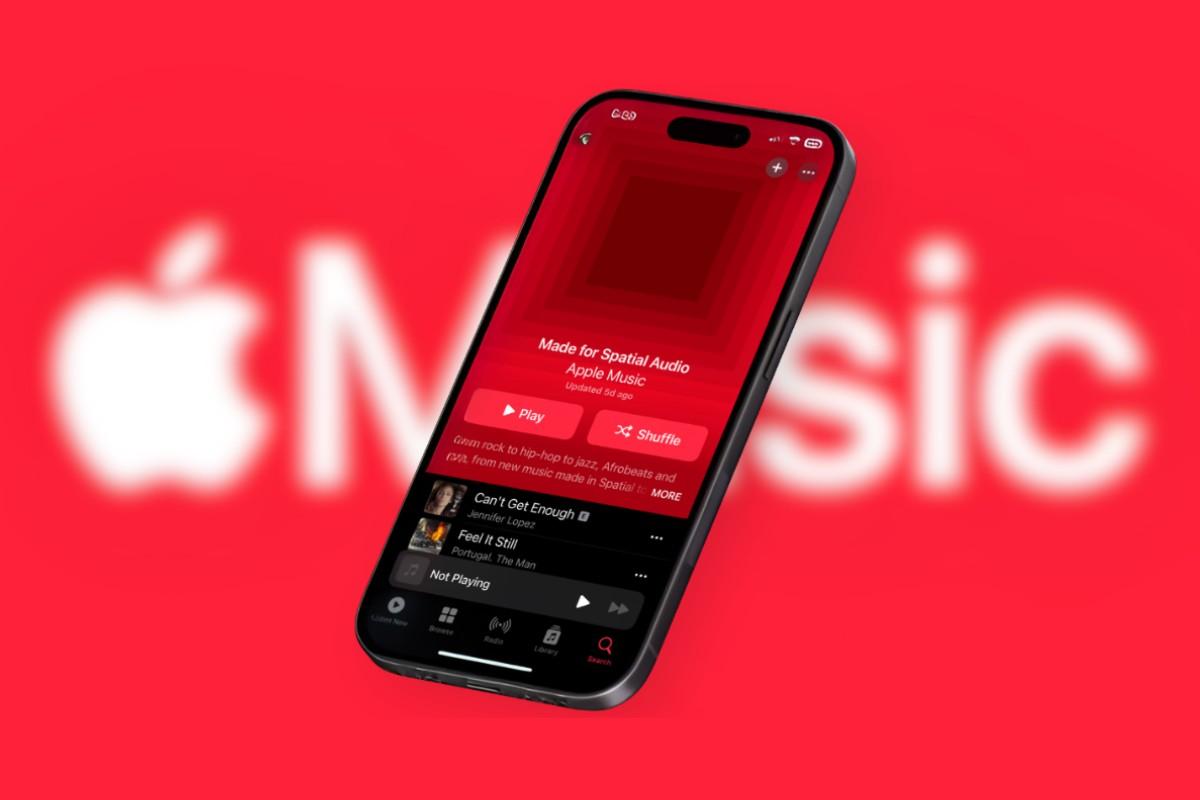Artists will now receive an additional 10% in royalties from their Spatial Audio releases.
Starting this month, Apple Music is changing the game for artists using spatial audio.
Their decision to increase royalties by 10% for spatial audio releases marks a strategic shift in their focus this year. As the company states, its main goal is to acknowledge the artists’ creative journey, investments, and contributions to evolving music experiences. This move is subtly reshaping the music industry’s landscape, balancing technological advancement with fair artist compensation.
Here’s how this new Royalty calculation works:
Understanding the New Royalty Calculation and Its Impact
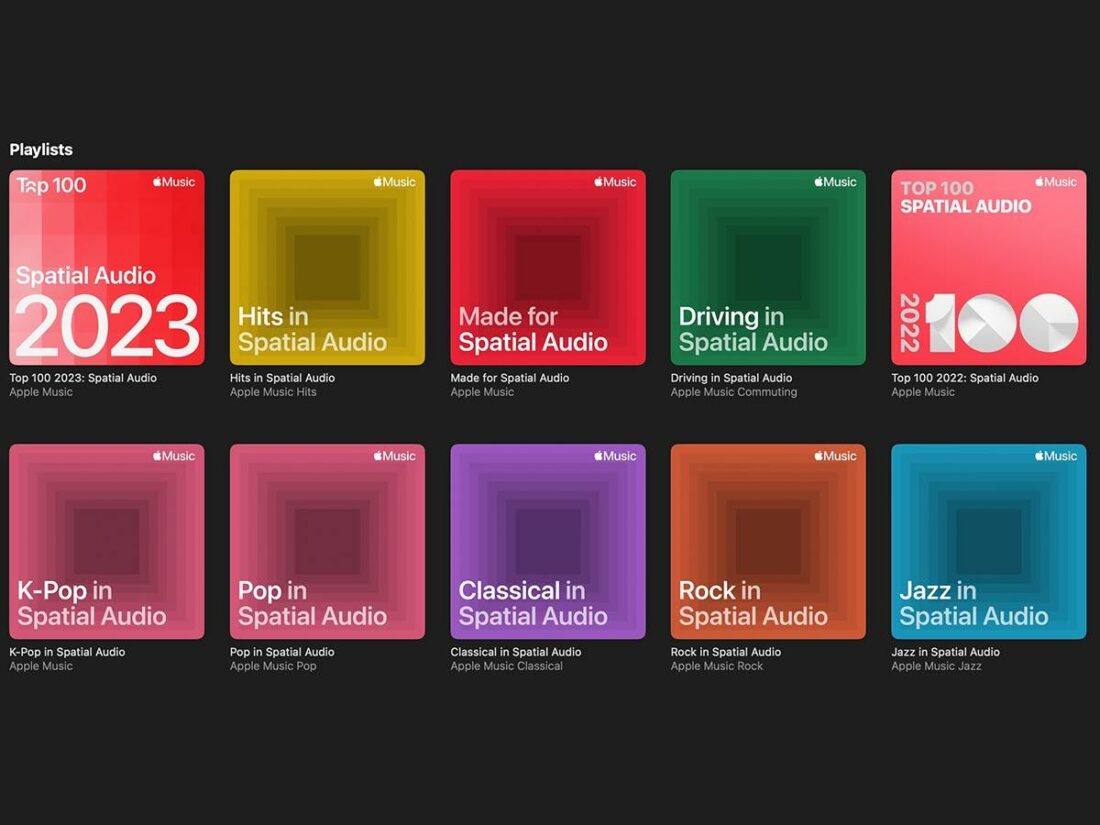
The update introduces a new calculation method where pro-rata shares for Spatial Audio tracks will be calculated using a factor of 1.1. In contrast, tracks not available in Spatial Audio will continue to be calculated with a factor of 1.
Moreover, the enhanced royalty rate is not contingent on listeners choosing the Spatial Audio version of a track.
In essence, Apple Music subscribers do not necessarily need to listen to music in Spatial Audio format for the artist to benefit from the bonus payout. This approach is based on the proportion of Spatial Available to Non-Spatial Available plays across the platform.
This means that if an artist’s entire catalog is available in Spatial Audio, they will receive the 10% royalty bonus regardless of whether any listener actually opts for the spatial version. This mechanism is designed to incentivize artists to adopt Spatial Audio, contributing to a richer and more immersive listening experience on the platform.
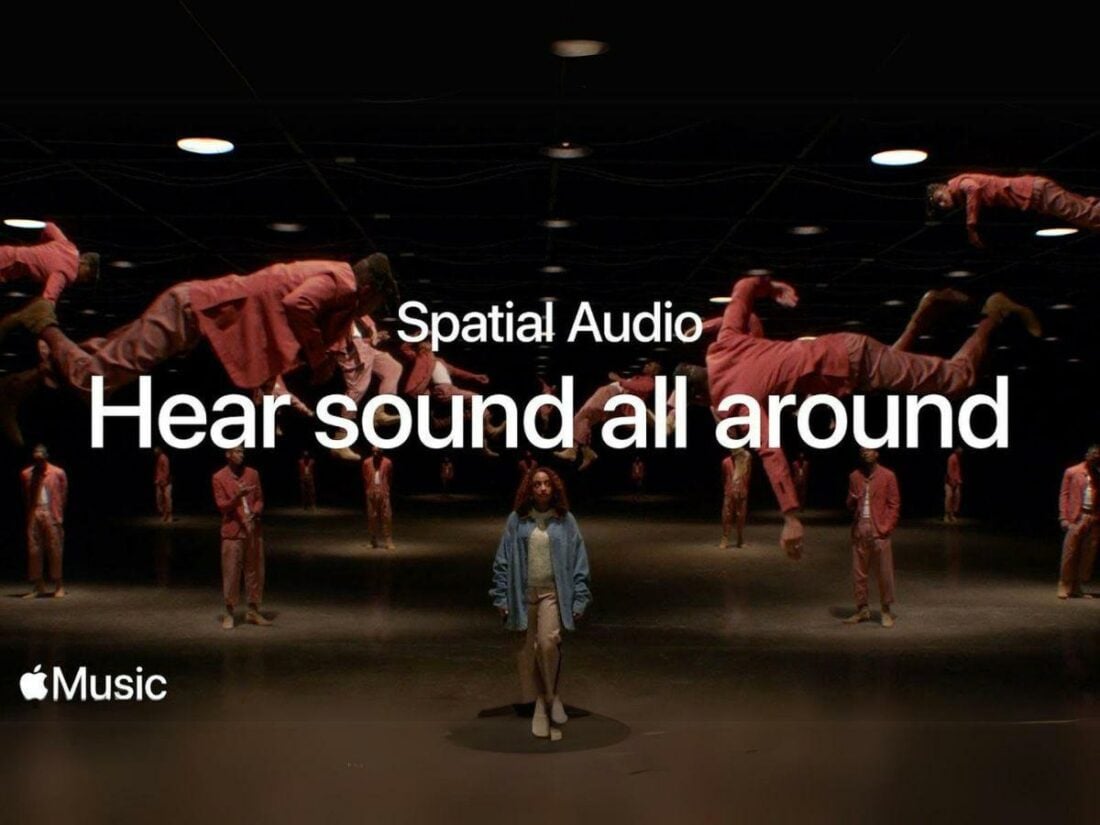
It reflects the statement of Eddy Cue, Apple’s senior VP of Internet software and services, in a past interview last 2021, emphasizing how difficult spatial audio mixing can be.
“This is not a simple ‘take-the-file that you have in stereo, processes through this software application and out comes Dolby Atmos.” he says.
“This requires somebody who’s a sound engineer, and the artist to sit back and listen, and really make the right calls and what the right things to do are. It’s a process that takes time, but it’s worth it.” says Cue.
Spatial Audio’s Growing Popularity in Apple Music
The adoption of Spatial Audio has been rapidly gaining momentum. Apple Music has reported a significant increase in the number of Spatial Audio tracks available and played on the platform.
In fact, 80% of songs in Apple Music’s Global Daily Top 100 over the past year was available in this format.
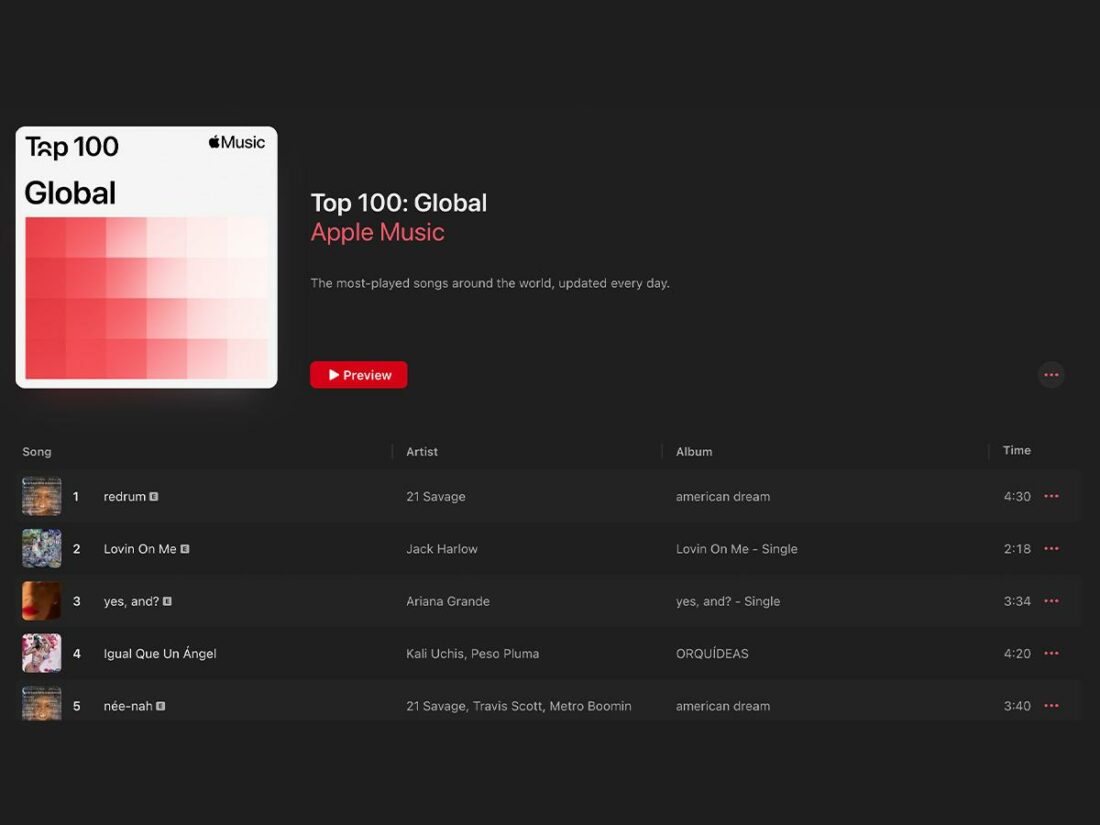
Remarkably, over 90% of Apple Music listeners have experienced music in Spatial Audio, and the platform has seen a more than threefold increase in plays for Spatial Audio tracks in two years.
Apple Music’s move to support Spatial Audio with Dolby Atmos since 2021 has also seen a dramatic 5000% increase in songs available in this format since its launch.
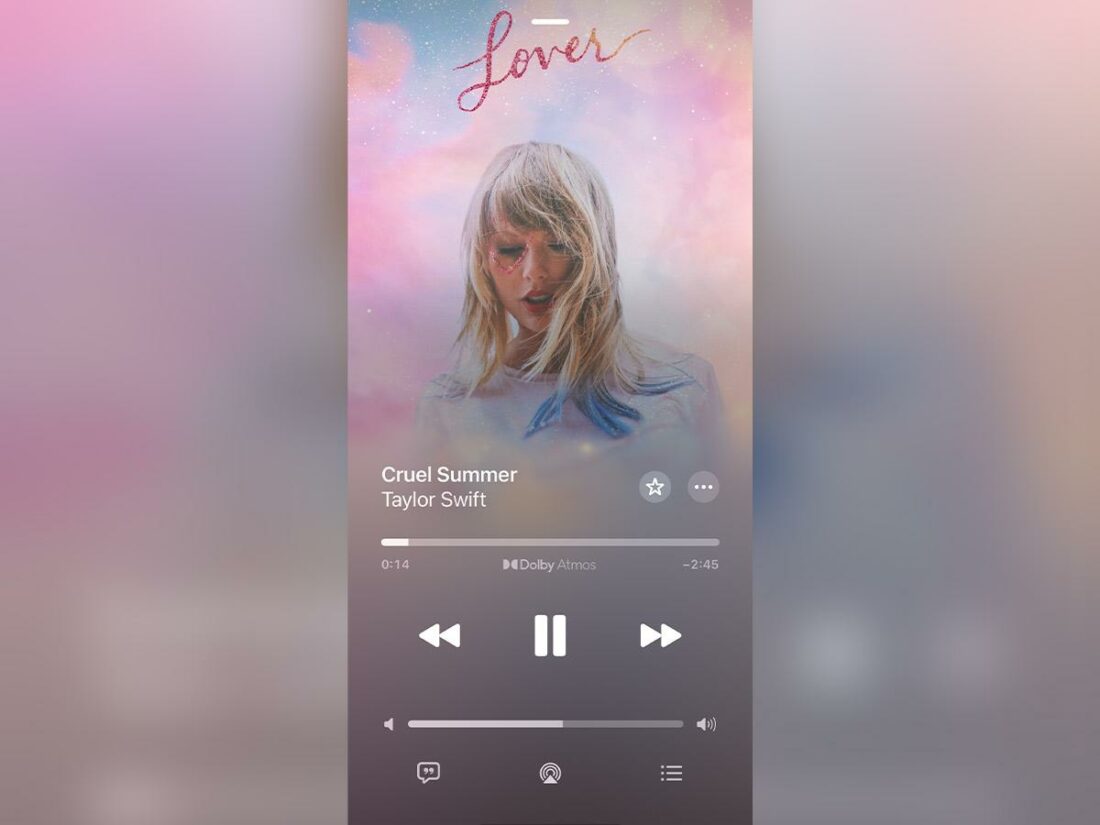
However, to preserve the content’s quality, Apple Music says they have a zero-tolerance policy against deceptive or manipulative content in Spatial Audio.
Apple assured that they have implemented “a quality control process that includes flagging content not delivered in accordance with Apple Music’s Spatial Audio specifications and standards of quality”.
Comparing Apple Music’s Move With Their Competitors
Spatial Audio is not exclusive to Apple Music. Amazon Music Unlimited also offers a growing catalog of Spatial Audio songs mastered in Dolby Atmos and 360 Reality Audio. Other platforms like Deezer and TIDAL also offer their own spatial audio support.
However, no other platform offers the same incentives as Apple Music has for artists who will release songs in Spatial Audio.
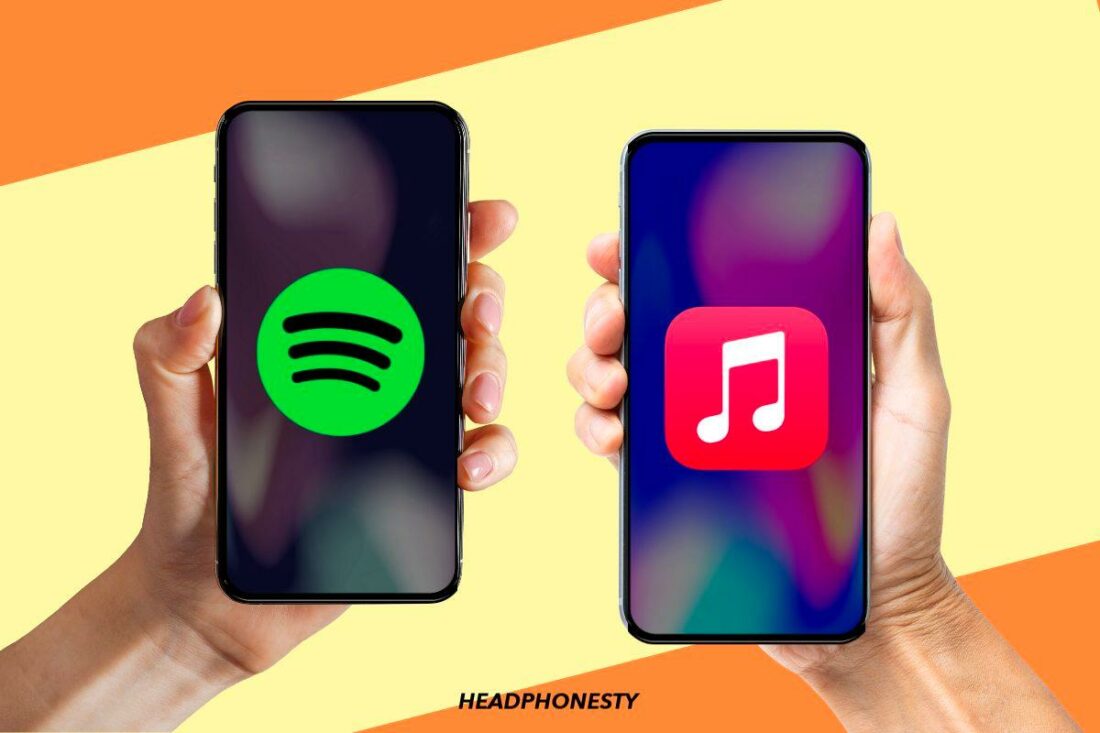
On the other hand, Apple Music’s rival, Spotify, does not currently offer Spatial Audio. Instead, Spotify is still rumored to be developing a ‘Supremium’ tier, which includes 24-bit Lossless music and AI-powered playlist creation. But, this rumor has yet to materialize.
Plus, while Apple Music has taken steps to pay artists more, Spotify has adopted a contrasting approach in its royalty payment scheme.
Recently, Spotify introduced a significant change by adding a 1000-streams requirement for royalties. This new policy means that artists will now need their tracks to be streamed at least 1000 times before they are eligible for royalty payments. Ultimately, this leads to 82% of their tracks (around 150 million songs) to stop receiving royalties.
